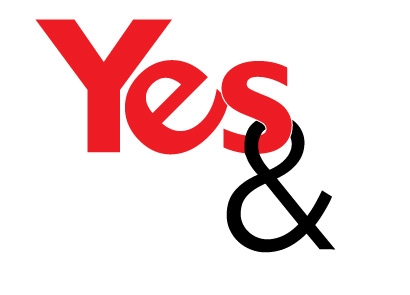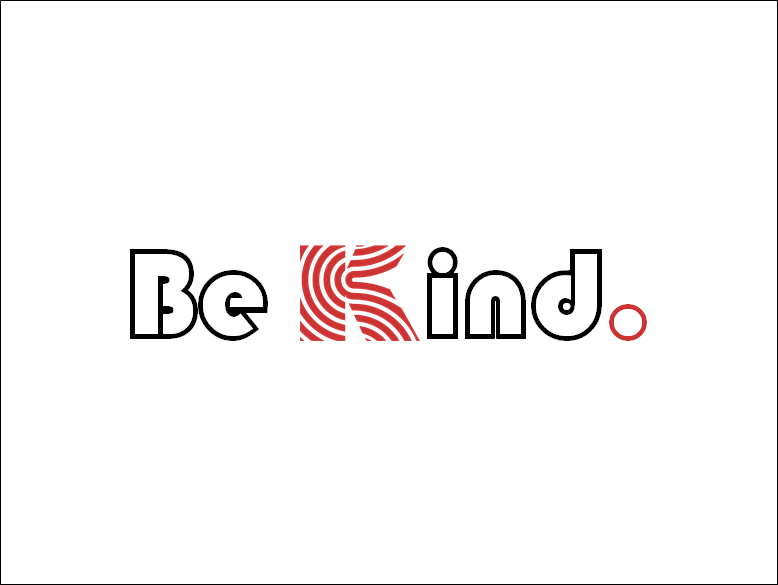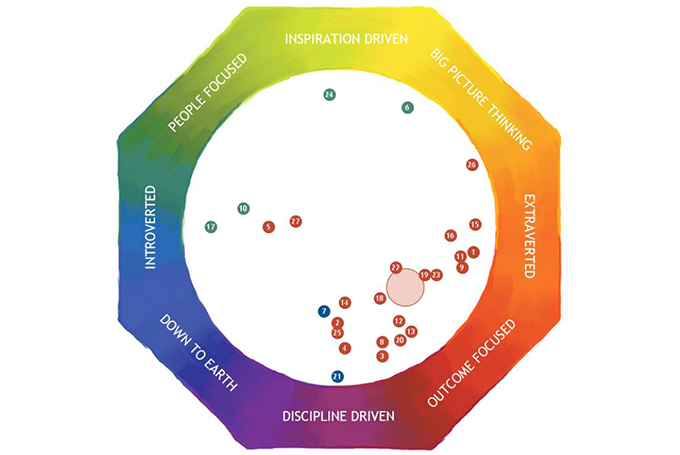One of the things I do in my business (and love to do) is speak to all sizes and flavors of groups – from teams of a few people to organizations and company meetings of 500 plus. Years ago when I first started, I took a couple of Improv classes to help me get better at being “in the moment” and thinking on my feet. I had a tendency to “shoot from the hip” and thought Improv would help me get over that. Well, it did that, and so much more.
Although we tend to think of Improv as a vehicle for comedy, there are some basic Improv principles that can be applied to our everyday lives to help us be better communicators, leaders, parents and partners.
One of the main Improv principles is the principle of “Yes, and…” (as opposed to “Yes, but…”) This powerful affirmation can make a big difference in one-on-one conversations, brainstorming sessions, performance reviews, talks with your teenager, self-talk, you name it. Think about it. When someone is speaking to you and says “but” in the middle of the sentence, do you remember anything before the “but”? No, of course not. Even though the first part of the sentence may have been something positive, “You did a great job on this report” if it’s followed by a “but” clause, “but I think you could improve the format,” the net interpretation is a negative one. On the other hand, if the sentence were adjusted according to the “Yes, and…” principle: “You did a great job on this report, and I think you could improve the format.” The message is more positive and likely to be interpreted as such. It would even be more positive if the speaker added, “What are your ideas for improving it?” No matter how sweetly the sentence begins, a “but” in the middle signals negative territory ahead.
Most of us throw around “Yes, buts…” without even thinking about it. Here’s an exercise for you. Over the next few days, pay attention to how many times you use the word “but” in personal conversations, in your writing, on the phone, in your thoughts. Keep a tally. Then make a conscious effort to begin replacing “but” with “and.” You may be surprised at the positive reaction you get from others, and how it changes your personal attitude as well.
Till next time,
Karen









